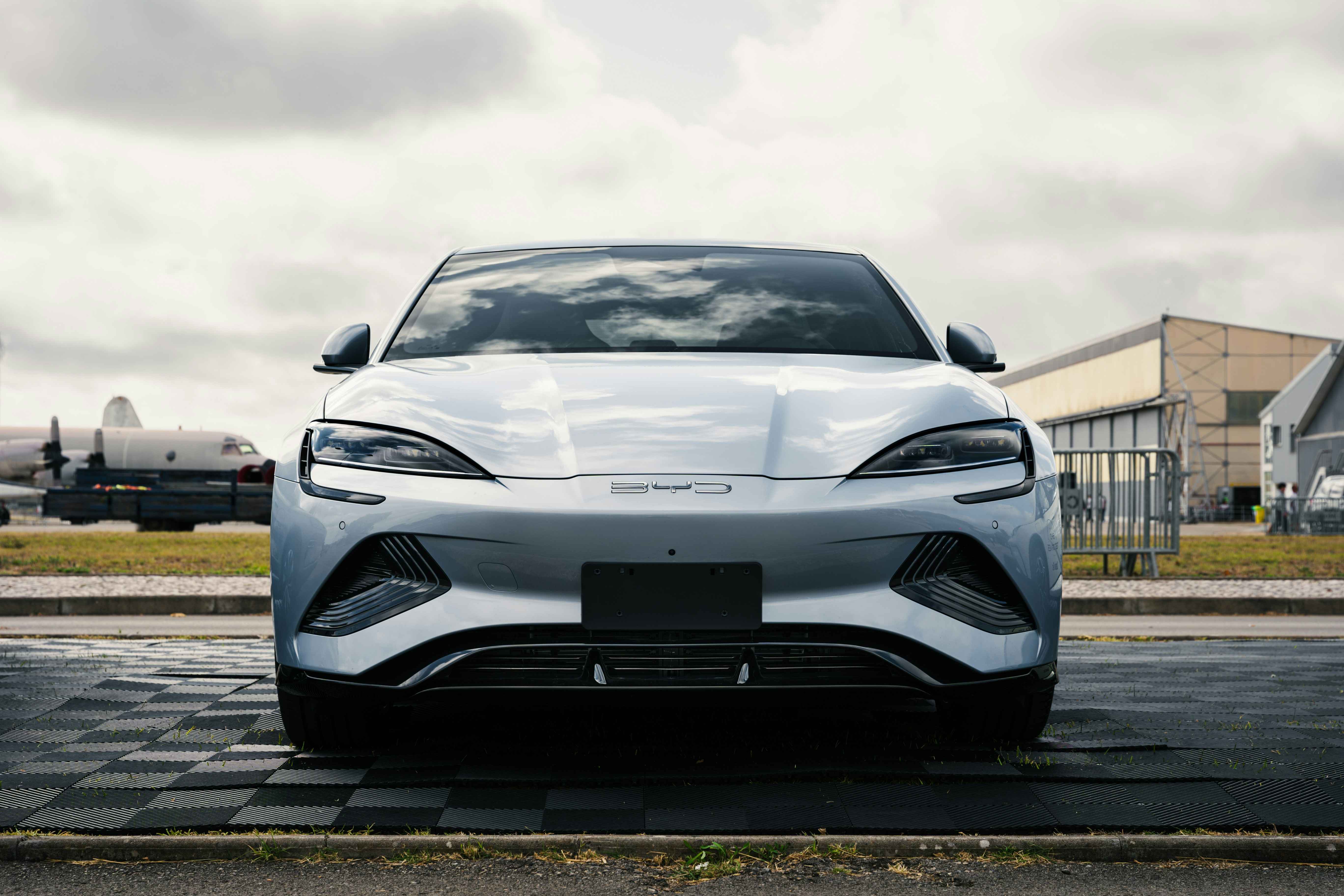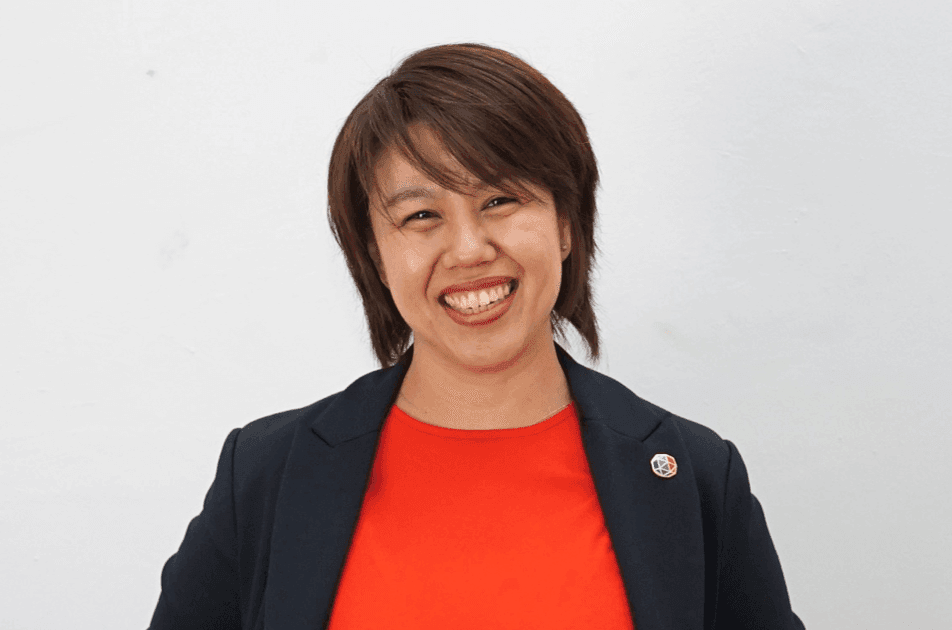How BYD Became Tesla’s Most Unexpected Disruptor

Tiago Ferreira from Unsplash
BYD dominating the global electric vehicle (EV) market sounds almost like a mystery. For years, Tesla owned the spotlight, shaping the world’s perception of what an EV should be. Yet, in just the past few years, we’ve suddenly seen BYD models appearing more and more on roads around the world. In fact, BYD had already become the world’s largest EV manufacturer by sales in 2017—a milestone that happened well before most people outside China had even heard of the brand.
By 2023, BYD sold 3 million EVs and plug-in hybrids in a single year, officially overtaking Tesla in global sales.
Behind this rise is the story of Wang Chuanfu, a chemist turned entrepreneur. If Elon Musk is often called the “real-life Tony Stark,” Wang has earned the title of the “Elon Musk of China”. That recognition came from his years of technical expertise and long-term vision that laid the foundation for BYD’s EV dominance.
Wang’s story is one of grounded innovation, persistence, and a bold commitment to vertical integration that happened long before today’s headlines. He sets a bigger reminder that the next great disruptor doesn’t always come from where you expect.
In BYD’s case, it came from a company that began not in cars, but in batteries.
The Road Before the Cars
Wang Chuanfu’s childhood in Anhui was marked by modesty and loss. Orphaned at a young age, he relied on the sacrifice of his older brother who dropped out of school to make sure Wang could continue his education. His brother’s support carried Wang forward, from scholarships to advanced studies in metallurgical physical chemistry. In 1993, he became the general manager of a battery company, gaining hands-on experience in production and innovation.
Just two years later, Wang founded BYD in Shenzhen. Starting with rechargeable batteries for the booming mobile phone market, he leveraged his knowledge to make products that were both reliable and cost-effective. Within a few years, BYD had become China’s leading battery maker, supplying giants like Motorola, Samsung, and Nokia.
But Wang wasn’t content with batteries alone. In the early 2000s, BYD acquired Qinchuan Automobile, a struggling state-owned carmaker. Their first big hit was the BYD F3, a low-cost sedan that became a bestseller in China—even rivaling the Toyota Corolla.
The company’s growing reputation soon caught global attention. In 2008, Warren Buffett’s Berkshire Hathaway invested $230 million for a 10% stake in BYD—an endorsement that seemed almost unlikely at the time. He was particularly interested in Wang’s relentless drive. Even Buffet’s longtime partner, Charlie Munger, called Wang as a mix between Thomas Edison and Jack Welch.
That same year, BYD launched the F3DM, the world’s first mass-produced plug-in hybrid car. While Toyota had hybrids, Tesla was betting on full EVs, BYD introduced something that combined both worlds. Drivers could rely on fuel when needed and rechargeable batteries for daily commutes.
The car itself didn’t sell in huge numbers, but it marked BYD’s first real step into the EV space.
From Fleets to Families
For many companies, the unsuccessful sales of the F3DM might have signaled a no-go. But Wang saw an opportunity from China's government heavy subsidies for clean energy. He realized that buses and taxis were perfect: they ran on predictable routes, covered long distances every day, and offered cities an immediate way to cut pollution.
So in 2010, BYD pivoted to electric buses. The first rollout happened in Shenzhen, and the timing couldn’t have been better. It soon expanded overseas, even supplying the iconic double-decker electric buses in London. BYD proved that their batteries could handle the daily grind of public transportation.
While Tesla made headlines with 325,000 reservations for the Model 3 in just one week, BYD became the world’s largest manufacturer of electric buses in 2017.
The success in buses gave BYD credibility and scale. If their batteries could move entire cities, they could certainly power passenger cars. Over the next decade, BYD doubled down on EV innovation, refining its technology and building a vertically integrated supply chain.
The real breakthrough came with the Blade Battery in 2020, a lithium-iron-phosphate (LFP) design that was safer, cheaper, and longer-lasting than conventional alternatives. This innovation gave BYD a clear edge at a time when global demand for affordable EVs was exploding.
Soon after, BYD’s Dynasty and Ocean series EVs began winning over middle-class consumers, not just in China but around the world.
Conquering the World Without the U.S. Market
While many like to compare Tesla with BYD, it’s worth noting that BYD never tried to beat Tesla at its own game. Tesla built its brand around the “iPhone of cars”—premium, tech-driven, and fueled by Elon Musk’s cult-like online presence. Naturally, its strongest markets are the U.S. and Europe, where buyers can afford luxury EVs and where policy support is high. Tesla is also big in China, but it faces fierce competition with more affordable rivals.
BYD took a different route. Starting with its roots from batteries, buses, to China’s clean energy push, it re-entered the passenger EV space with a clear strategy. The Dynasty series (Tang, Song, Qin, Han, Yuan) gave Chinese buyers something they could identify with culturally, almost like “China’s Tesla”. At the same time, the Ocean series spoke to youth and global markets, offering sleek design without the luxury price tag.
Because BYD makes its own EV components, it could keep costs low and scale quickly. This allowed BYD to expand across Asia, Europe, and Latin America while barely touching the U.S. market.
What BYD Teaches Us About Disruption
The story of BYD is a reminder that disruption doesn’t always arrive with fireworks. In less than a decade after its founding, BYD was already supplying batteries to global giants. It wasn’t the kind of success that made everyday headlines, but in the industry, it was a remarkable achievement. That quiet rise gave the company control of its supply chain, in-house expertise, and the vision to spot the right opportunities as the market shifted.
As Wang Chuanfu puts it, “With know-how in hand, strategy becomes the direction of enterprise success. First, technology serves strategy, and secondly, it serves products. Technology can make enterprise strategy more precise, and it can also make enterprises look higher, farther, and deeper.”
For Wang, the real risk lies not in failed products, but in misaligned strategy. “If a vehicle model breaks down, it may only cost several hundred million yuan. But if the strategic direction goes wrong, it may take three to five years, and time cannot be bought with money.”
It looks different from the Silicon Valley playbook. Instead of chasing a single big bet, Wang Chuanfu built BYD layer by layer. Starting with batteries, proving itself with buses and fleets, and then expanding into passenger cars. Some early launches failed, and global recognition came late. But they spent years strengthening its position.
BYD didn’t set out to be “the next Tesla”. It’s built from its own strengths.
Step Into the Room Where Leaders Grow
Business
Tags: Creativity, Brand, Business Model, Business Management, Case Studies, Growth
References:
- https://www.forbesmiddleeast.com/industry/transport/plugged-in-byds-wang-chuanfu-explains-how-chinas-no-1-ev-maker-caught-up-with-tesla
- https://www.thinkchina.sg/economy/teslas-chinese-rival-byd-hits-accelerator-smart-driving
- https://www.nytimes.com/2025/07/08/opinion/byd-china-car-ev.html
- Ogan, T. L., & Chen, X. (2016). “The rise of Shenzhen and BYD”. CORE. https://core.ac.uk/download/232743907.pdf
Anggie is the English editor at Leaderonomics, where creating content is an integral part of her daily work. She is never without her trusty companion: a steaming cup of green tea or iced latte.






